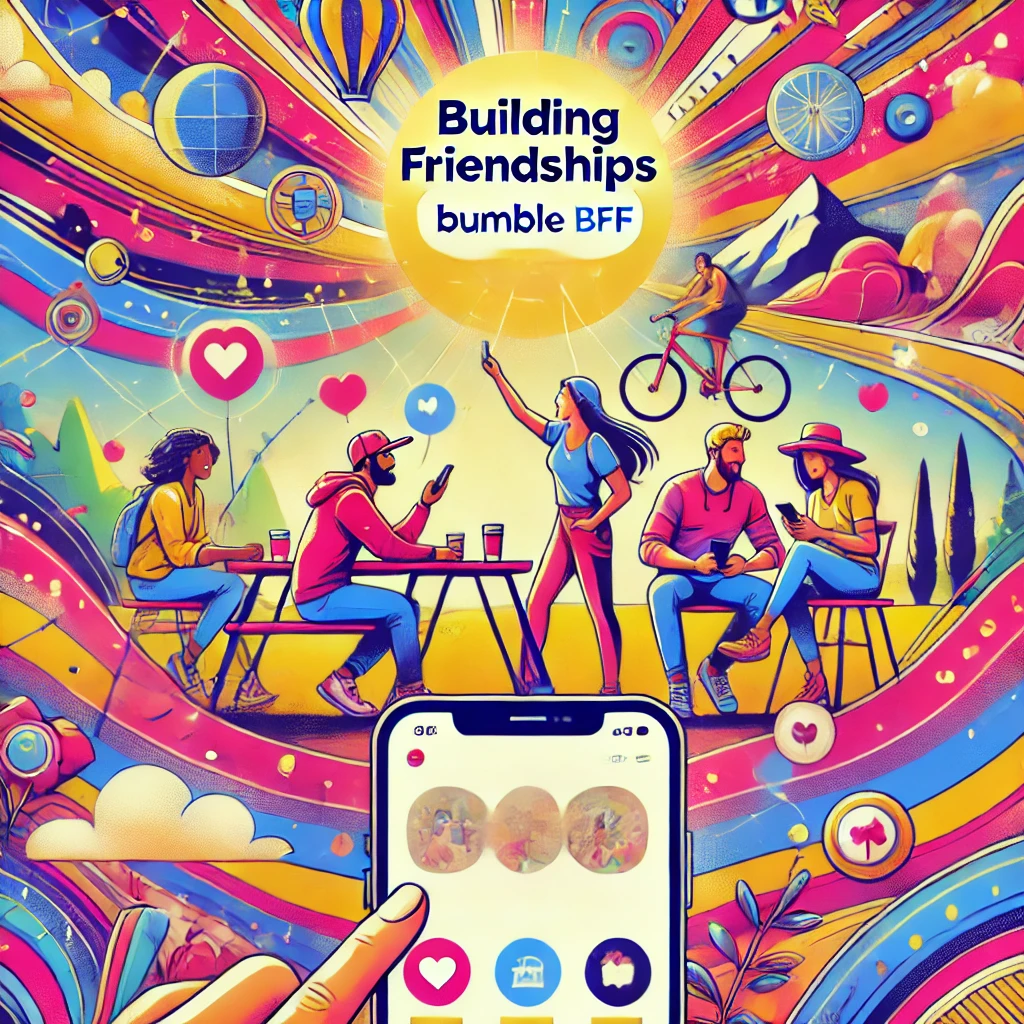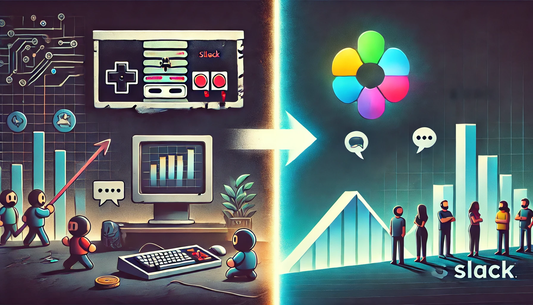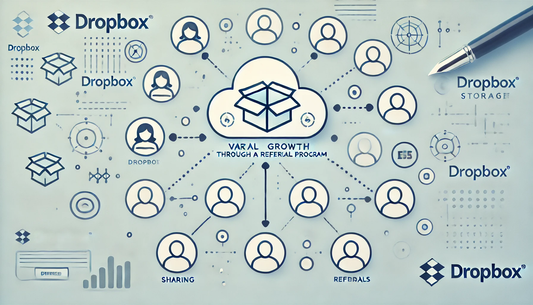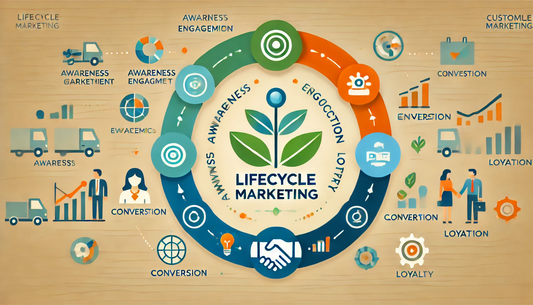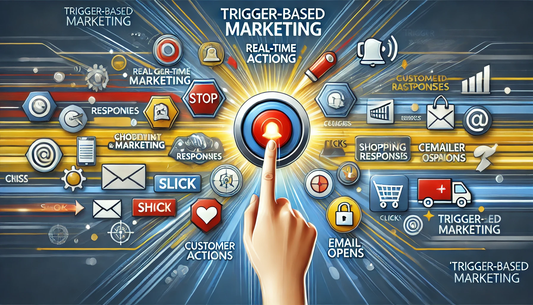Bumble started as a dating app with a twist—giving women the power to make the first move. 💪
But when it introduced Bumble BFF in 2016, it did something unexpected: it transformed the way we connect outside of romance. 🙌
For startup founders, Bumble BFF is a prime example of how to redefine a product’s identity and drive engagement beyond your core offering. It wasn’t just about growth; it was about creating a new social norm. 🌍
So, how did Bumble pull this off? And what can you learn from their success? Let’s break it down. 🧩
Understanding the Shift
Most dating apps operate with a singular focus: romantic relationships. 💘
Bumble, however, recognized a gap: people needed a space to foster friendships too. 👯♀️
In an era where adult friendships can be challenging to form, especially after college, Bumble BFF created a solution. This new feature was aimed at helping users build platonic relationships, from finding a workout buddy to meeting new friends in a new city. 🌆
The shift not only resonated with Bumble’s core audience but also introduced a novel way to view online connections. It highlighted Bumble’s deep understanding of its users’ needs beyond dating. 💡
Actionable Takeaway #1: Identify Adjacent Needs
Startups often focus solely on perfecting their primary offering. 🚀
Instead, consider: What other problems can we solve for our users? Look for complementary needs that align with your brand ethos. 🌱
Expanding your product scope doesn’t mean diluting its focus—it means strategically adding value and increasing engagement. 📈
The Importance of Community
Bumble BFF tapped into the power of community building by encouraging authentic, meaningful connections among its users. 💬
It wasn’t just about making new friends; it was about fostering a sense of belonging and creating a supportive network for individuals looking to expand their social circles. 👭
The platform took it a step further by hosting events, creating friendship-based content, and forming partnerships that emphasized platonic connections. This not only built trust but made Bumble BFF feel like more than just an app—it became a community. 🌐
Actionable Takeaway #2: Build a Community, Not Just a Product
In today’s digital age, users crave a sense of belonging. 🤗 Don’t just create a product—create an environment where users feel they’re part of something bigger. 🌍
Leverage user-generated content, host virtual or in-person events, and create forums or groups to nurture engagement. A community not only strengthens your brand but also fosters long-term loyalty. 💬
Leveraging Cross-Product Promotion
One of Bumble’s brilliant moves was its cross-product promotion strategy. 🔄
Instead of making Bumble BFF a separate app, it integrated the feature directly into the existing Bumble app, making it easy for users to try it out without the need for extra downloads or sign-ups. 📱
This strategy ensured a seamless transition for existing users who were already familiar with the platform’s layout and features. 🌟
Actionable Takeaway #3: Create a Seamless Cross-Product Experience
If your product suite spans multiple offerings, make sure they complement each other. 🛠️
Streamline user onboarding and create an experience that allows easy exploration of other features. 🔍 Use in-app prompts, targeted emails, and push notifications to guide users toward discovering new services within your platform. 📬
The Role of Data and Feedback
When Bumble launched BFF, it didn’t just hope for success—it used data to continuously improve the user experience. 📊
From the get-go, Bumble gathered insights from user feedback to tweak everything from the interface to the features, ensuring the app met the needs of its growing user base. 🔄
This data-driven approach allowed Bumble to refine BFF based on actual user input, such as introducing interest-based matching and improving the user interface for better usability. 💻
Actionable Takeaway #4: Use Data to Refine, Not Just Validate
Data isn’t just for validating your initial idea—it’s essential for ongoing improvement. 📊
Regular surveys, A/B testing, and user interviews provide actionable insights that can help enhance your product. 💬
It’s about building a feedback loop that helps refine the user experience and keeps your offering fresh. 🚀
Breaking Stereotypes
When Bumble introduced BFF, it faced some challenges. 💥 The idea of using an app to make friends (especially as an adult) was met with skepticism. Yet, Bumble boldly addressed these stereotypes with clever marketing, partnerships, and a clear brand message. 💬
The company normalized the concept of digital friendships by emphasizing the power of connection, community, and mutual support. 👫 This reframing helped transform BFF into a trusted platform for people looking to meet new friends without the stigma. 🌟
Actionable Takeaway #5: Challenge and Reframe Market Perceptions
If your product faces stereotypes or misconceptions, embrace them. 🔥 Challenge them head-on with content that educates and enlightens. 🧠
Use partnerships, user testimonials, and educational campaigns to help reframe the conversation and shift perspectives. 📈 Reframing can turn a perceived weakness into a strength. 💪
Expanding with Purpose
Bumble BFF wasn’t just a tactical move—it was a strategic extension of Bumble’s core values: inclusivity and empowerment. 💖
This mission-driven approach set the platform apart from its competitors and allowed Bumble BFF to scale quickly. 🚀
Actionable Takeaway #6: Align Expansion with Your Core Values
As your company grows, ensure your expansions align with your original mission. 🌍
When new features, products, or services feel true to your brand values, customers will recognize this authenticity and remain loyal. 🔑
Expanding without compromising your ethos creates a deeper connection with your audience, resulting in long-term trust and loyalty. 💖
Inspiring a New Social Norm
Today, Bumble BFF has millions of users across the globe, proving that the market for non-romantic connections is huge and growing. 🌍
It also served as a cultural catalyst, inspiring other apps and platforms to explore the possibilities of non-romantic social connections. 💬
Bumble’s approach reshaped social norms by demonstrating that digital platforms can successfully foster meaningful, platonic connections just as well as romantic ones. 🌈
For startup founders, the lesson is clear: think beyond your core product and explore new ways to meet customer needs. 💡
By introducing a new, socially relevant service, Bumble didn’t just build a bigger user base—it reshaped how we think about relationships and connections in the digital age. 🌐
So, whether you're launching an app or creating a new service, remember to focus on community, listen to user feedback, and always challenge the status quo. Your next big move could change the social fabric of your industry. 🌟
Let Bumble’s success guide you as you build a startup that doesn’t just serve its users—but reshapes cultural norms in the process. 🏆

